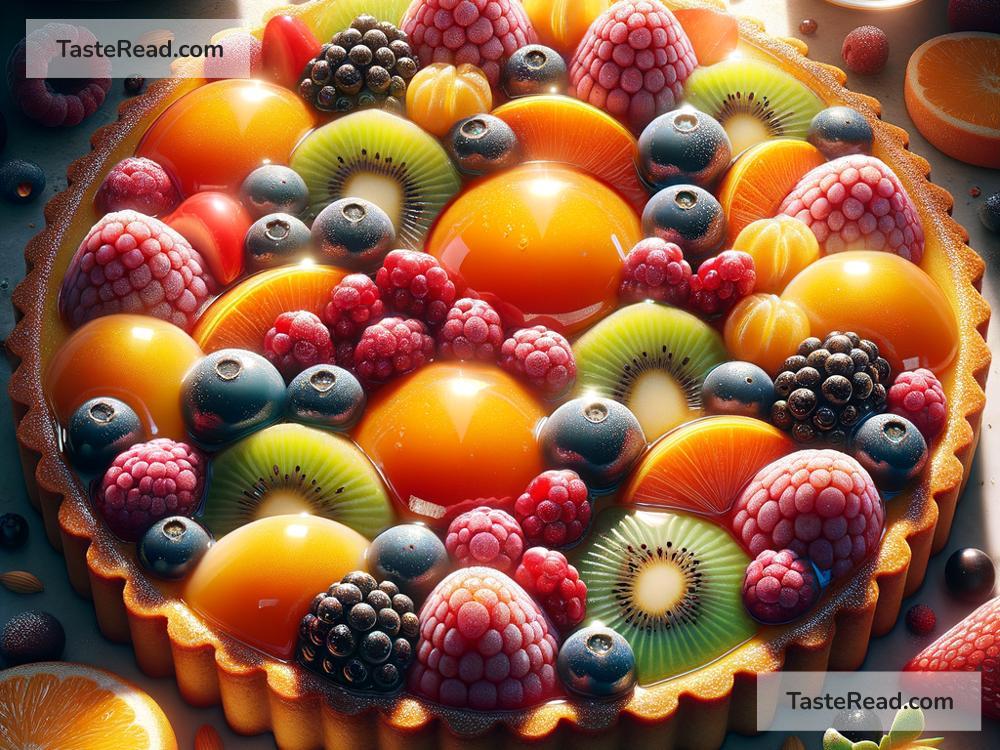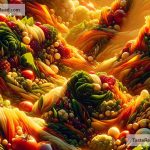Illuminating Flavors: The Art of Using Lighting to Enhance Food Textures
In the world of culinary photography and presentation, the role of lighting cannot be overstated. It’s not just about making food look delicious; it’s also about telling a story, highlighting the chef’s efforts, and, importantly, showcasing the myriad textures that make dishes come alive. Yes, lighting can wonderfully accentuate the crunch of a crust, the smoothness of a sauce, or the fluffiness of a bread loaf, transforming how we perceive and, eventually, taste our food. Herein lies an art, a technique that can elevate the presentation from good to unforgettable. Let’s delve into how you can use lighting to highlight specific food textures, making every meal not just a feast for the stomach but also for the eyes.
1. Understanding the Role of Light
First things first. Understanding the basic nature of how light works with food is crucial. Light can be soft or hard, warm or cool, and where you place it (direction) can dramatically affect the appearance of food. Soft light gently wraps around the food, reducing shadows and often used to illuminate delicate textures like the velvety surface of a cake or the subtle ridges in pasta. Hard light creates strong shadows and highlights, perfect for emphasizing contrast and showcasing crispy, crunchy textures like the golden crust of fried chicken or the intricate surface of a waffle.
2. Side Lighting for Drama
To create a bit of drama and highlight specific textures, side lighting is your best friend. When light comes from the side, it casts shadows that can make textures pop. It’s great for showing off the uneven surface of grilled meats, the layers of a lasagna, or the ridges in a chocolate bar.
3. Backlighting for Glow and Sheen
Imagine the morning sun piercing through a slice of citrus, backlighting it into a vibrant, almost translucent glow. That’s the power of backlighting. It’s fantastic for showcasing transparent or semi-transparent textures, making liquids like soups, sauces, or even a refreshing drink look more inviting by giving them a lit-from-within appearance. It also works wonders on glossy textures, adding a sheen to glazes, icings, or the succulent surface of a perfectly cooked steak.
4. Top Lighting for Simplicity
Sometimes, simplicity wins the race, especially when dealing with complex, intricate textures. Top lighting, when done right, can uniformly highlight a dish, bringing attention to the surface without casting deep shadows that might distract from the texture. It’s particularly effective for flat-lay photography or dishes where top-down is the best perspective, like a pizza or a beautifully plated dessert.
5. Using Reflectors and Diffusers
While direct lighting is crucial, understanding how to manipulate it with accessories like reflectors and diffusers can elevate your food presentation. A reflector can fill in shadows, softening the contrast and revealing hidden textures, making a dish look more appealing and easy on the eyes. Diffusers, on the other hand, soften the light, making harsh light gentle and more flattering to delicate textures.
6. Experimenting with Color
Colors can influence how we perceive textures. Warm lights can make dishes look more appetizing and rich, highlighting textures like the crispy skin of roasted chicken or the gooeyness of melted cheese. Cooler tones, although less commonly used, can bring out the freshness in salads, fruits, or drinks, emphasizing crisp and fresh textures. Balancing these can result in a more nuanced presentation that tickles not just the taste buds but also the eyes.
7. Consider the Environment
Finally, the environment where you’re presenting or photographing your food can add to how textures are perceived under light. A rustic, dark wood table under a soft light can make bread loaves look even more inviting, while a sleek, white marble countertop under a brighter light can make colorful dishes pop, highlighting every texture with precision.
Wrapping Up
Mastering the art of using lighting to highlight food textures isn’t just about following rules; it’s about experimenting with what works for your dish, playing with shadows, and understanding how light affects colors and moods. With practice, you can start to intuitively know how to set up your lighting to make those textures stand out, making every meal an experience that’s as visually captivating as it is delicious. Dive into this culinary adventure with light as your guide, and watch as every dish turns into a masterpiece that beckons to be tasted.


